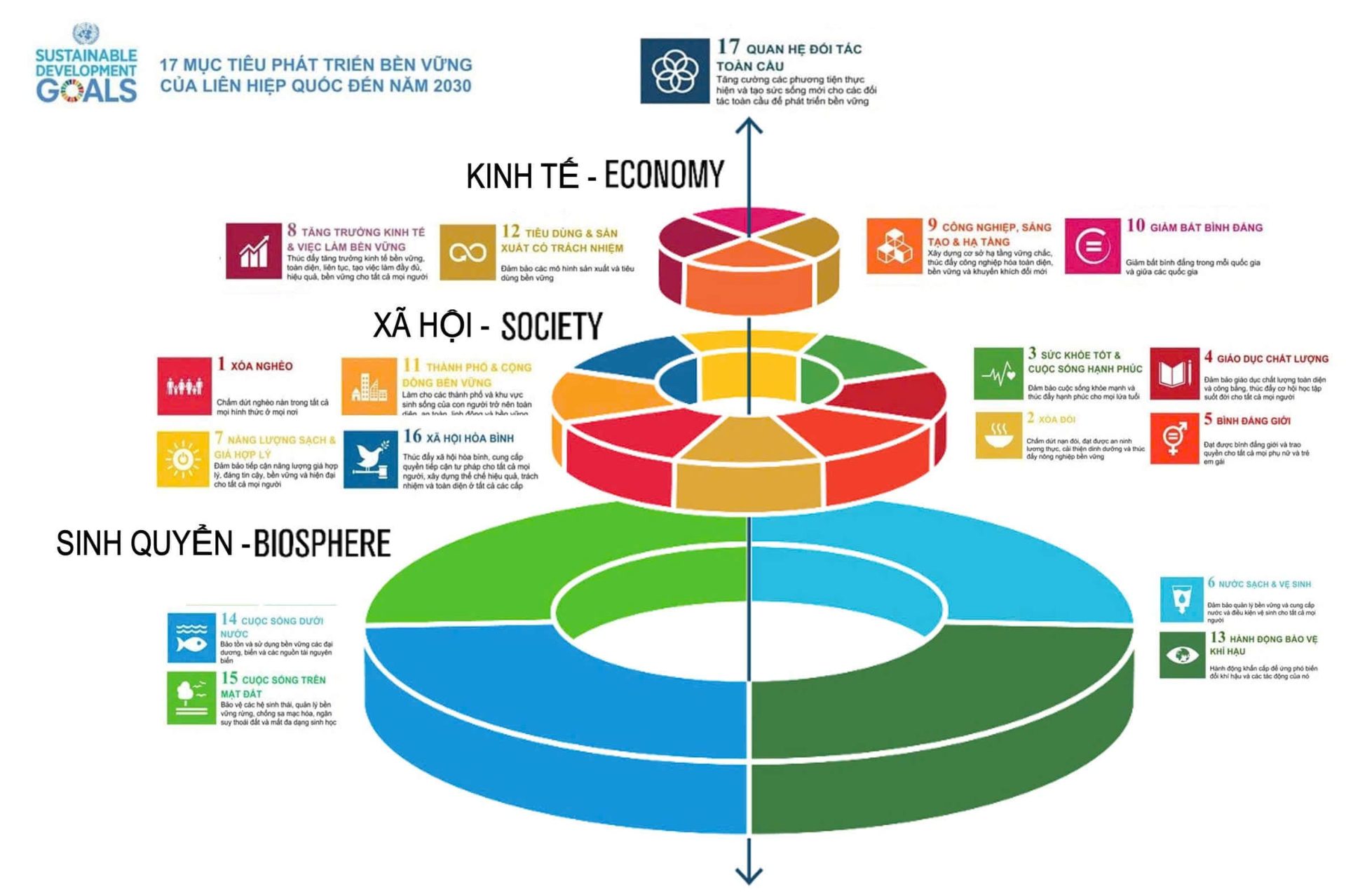HCMC – A sustainable brand starts from within the business itself, built on a foundation of core values, strong culture, and the mindfulness and authenticity of its leadership, experts said.
The Branding Club, a member club under the Saigon Times Club, held a workshop titled “Building Brands from Within: Identity, Mindfulness, and Authenticity” in HCMC on August 14.
At the workshop, Vo Minh Nhut, country president of NS BlueScope Vietnam and chairman of the Branding Club, noted that many businesses today still prioritize “building brands from the outside” through image, marketing campaigns, and promotional activities. While these efforts are necessary, he emphasized that they are not sufficient. A truly sustainable brand, he said, must start from within – from the inner strength of the business itself.
Leaders must remain mindful and uphold transparency and integrity in every decision and action, from how they treat employees to how they serve customers. When a brand is rooted in inner strength, its values and image grow stronger and spread naturally.
A strong brand goes beyond just a logo
With years of experience in Vietnam’s marketing communications industry, Lai Thuy Chi, founder and managing director of CHI Communications Co., Ltd., stressed that true brand building must begin from within the organization. She recalled that about 20 years ago, she was advising a telecommunications group on brand strategy while working at an advertising agency. Instead of focusing on vision, mission, core values, or the brand story, the group’s CEO spent most of the discussion on the logo — its colors, design, and how it would appear. “We spent almost half the session talking only about the logo, while the essential elements were ignored. Today, that brand no longer exists in Vietnam,” she shared.

Corporations and brands like Unilever, Volvo, and Amazon take a completely different approach. Rather than starting with external elements such as logos or slogans, they begin their journey from within. Their campaigns are built on a clear vision, with products designed to truly meet customer needs. Above all, they place strong emphasis on shaping corporate culture and internal communication, alongside their external marketing efforts.
Chi believes that the most valued and well-loved brands are those built on the real benefits they deliver. The role of a communications company, she added, is to convey these values through compelling storytelling.
When asked if this approach applies to small and medium-sized enterprises, Chi said yes. Rather than investing heavily in polished marketing and promotional campaigns, businesses should devote more effort to strengthening their core and cultivating the brand from its roots. This, she noted, will provide a solid foundation for long-term growth.
Small and medium-sized enterprises have unique advantages over big corporations. Since they are often led by their founders, it is easier for them to define purpose, values, and vision, as well as to cultivate a unified culture from within — a task that larger brands must invest significant time and resources into through processes and extensive training.
Mindful leadership: Authentic and transparent
Also at the workshop, Tran Thi My Yen, founder and chairwoman of the Mindful Living Institute, said that while building a brand requires many professional skills and tools, the decisive factor lies in the mindset and qualities of leadership. A leader may excel in strategy and planning, but if they lack kindness, chase short-term gains, or focus only on appearances while ignoring real resource limitations, the outcome can be unintended consequences, even the gradual destruction of core values for both the business and the community.
Fostering strong personal qualities and developing a brand from within is a difficult journey, one that demands perseverance and the courage to face reality. Harvard research indicates that mindfulness practice helps leaders gain deeper self-awareness, lead their teams with honesty and transparency, and also delivers tangible benefits – sharpening focus, improving decision-making, reducing stress, and strengthening both emotional intelligence and leadership skills.
To build a brand strategy based on ESG (Environmental, Social, and Governance), Yen suggested that businesses should first assess their actual resources and select one or two goals from the United Nations’ 17 Sustainable Development Goals (SDGs) for 2030 as a starting point. This approach not only helps concentrate resources but also allows companies to measure their impact more clearly.

Yen suggested that small and medium-sized enterprises do not need to set overly broad goals such as SDG 8, 12, 14, or 15. Instead, they can start with more people-focused goals like SDG 3 (Good health and well-being), SDG 4 (Quality education), or SDG 5 (Gender equality).
What matters most, Yen stressed, is that businesses choose a goal they are already doing well or have the capacity to implement right now. From there, they can turn it into concrete, measurable actions within the organization, followed by clear communication both internally and externally.
After selecting one or two priority SDGs, businesses can enhance clarity and reliability in measurement by using the CSI 2025 Sustainable Business Index, developed by the Vietnam Chamber of Commerce and Industry (VCCI) based on Vietnam’s legal framework.









